Blog Detail
Table of Contents
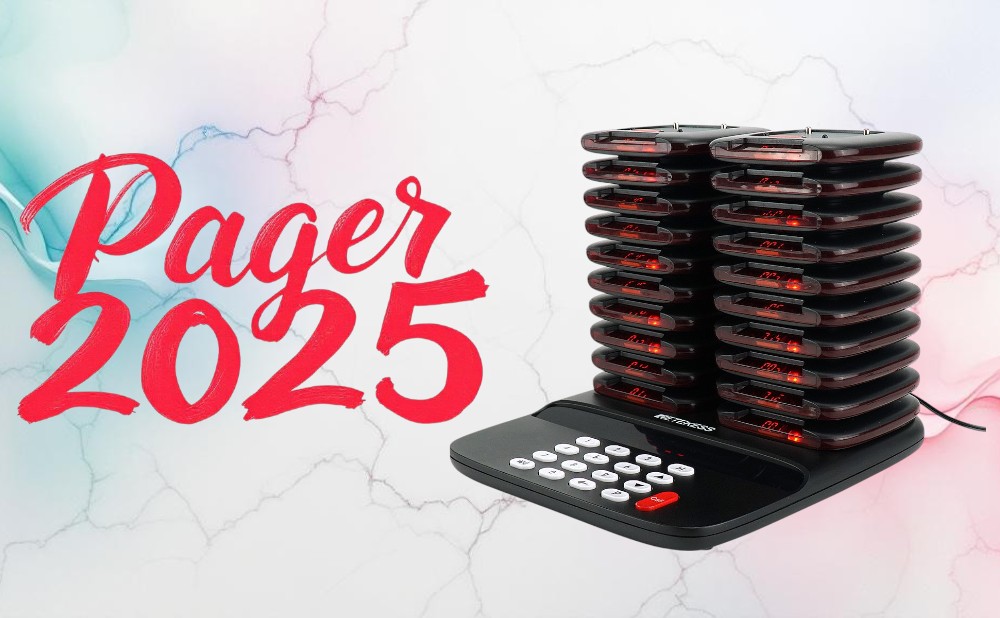
Pager 2025: The Resurgence of a Once Forgotten Technology
- Zoe
- Jun 23, 2025
- 0 Comments
In a world dominated by smartphones and instant messaging, it may seem outlandish to think of pagers as a relevant technology in the year 2025. However, as the unexpected has unfolded in the tech world, pagers are making a surprising comeback. Once the ubiquitous tool of communication in the 1990s, pagers faded into near obscurity as cell phones became the dominant mode of communication. Yet, today, we find pagers experiencing a resurgence, not as a replacement for smartphones but as a complementary technology offering specific benefits in a hyper-connected world.
The Surprising Rebirth of Pagers
It may surprise you to learn that pagers are far from a thing of the past. In fact, they have quietly found a niche in the world of critical communication. The Pager 2025 phenomenon is rooted in the shifting needs of modern society—needs that smartphones and even smartwatches cannot always meet. Today, pagers are experiencing a renaissance, one driven by the unique demands of industries that require high-priority, urgent notifications to stand out from the noise of modern communication.
This blog will explore why pagers are making a comeback and how their role has evolved in the face of new challenges in the tech landscape.
Why Pagers in 2025?
Let’s face it—when most people think of pagers, they envision the clunky devices that were once ubiquitous in the 90s. However, the resurgence of pagers in 2025 is due to several factors that make them an invaluable tool in certain sectors. To understand why this is happening, it's crucial to first understand the evolution of communication technology.
Back in the 1990s, pagers were the cutting-edge solution for people who needed to stay in touch without being tethered to a landline. Whether it was for restaurant owner, doctors, emergency responders, or business professionals, pagers were a simple, reliable way to receive important messages. But as cell phones grew in popularity and functionality, pagers quickly faded from the mainstream.
Yet, with the rise of modern challenges—like robocalls, spam, and digital overload—pagers are making their mark once again.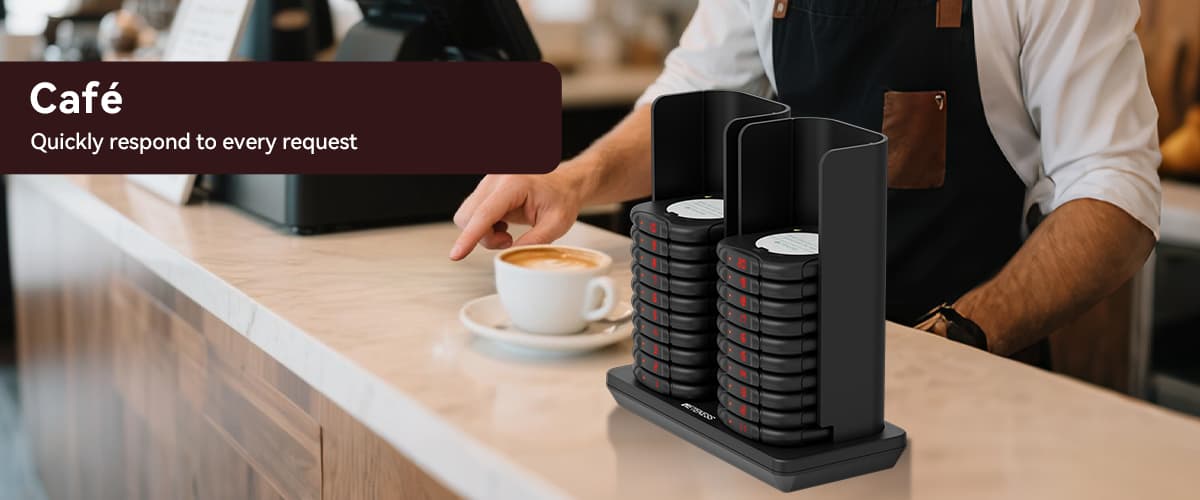
Pagers vs. Smartphones: Complementary Technologies
Some people argue that pagers are obsolete because of smartphones, but this perspective overlooks an important point. Just as smartwatches complement smartphones by offering a more convenient form of communication for specific situations, pagers do the same. They aren't replacing phones or other technologies; they are enhancing them.
Smartphones and pagers work together to create a communication experience that is not only convenient but also efficient and secure. While smartphones are often flooded with notifications from social media, email, and other less urgent sources, pagers offer a way to ensure that truly important messages get through.
One key advantage of pagers is their ability to create a separate communication line that is not bogged down by the constant stream of incoming texts and calls. If you give out your pager number to only the most important people—your boss, family, or medical team—you can be assured that a message delivered via pager is one that demands your immediate attention.
Let me give you a few examples.
For example, during peak dinner hours, when a customer in a restaurant needs service, they can press a call button on their table. This signal is instantly sent to the server's pager, where the service staff receives the notification immediately without being interrupted by other mobile phone notifications. The pager's dedicated communication line ensures they can respond quickly to customer needs.
Another example is a patient in a hospital who needs assistance can press a nurse call button, which instantly notifies the nurse via pager. In a busy environment, the nurse receives this high-priority message, ensuring a quick response to the patient's urgent needs.
Another example is when a fire breaks out, a firefighter's pager quickly receives the alarm information, including the location and severity of the fire. Having a pager with each firefighter ensures they receive the most important notifications during a response.
If firefighters rely on their phones, they may receive notifications from non-emergency sources, such as social media or personal chats, potentially missing or delaying important information. The dedicated nature of pagers ensures that firefighters only receive messages directly related to the rescue mission during an emergency.
The pager's separate communication line provides a focused channel for important information, avoiding the constant influx of unimportant notifications on the phone. This feature is particularly important in high-pressure environments such as restaurants and hospitals, ensuring timely responses and quality of service while also reducing the stress of managing excessive information.
Types of Pagers and Their Applications
Based on market offerings and modern needs, pagers can be categorized as follows:
1. Hospitality and Service Environments
Coaster Pager : Used in restaurants or bars, allowing customers to call staff discreetly.
Slim Pager : Lightweight and portable, suitable for cafes, restaurants, and small service venues.
Push for Service / Service Call System : Button-triggered call systems, ideal for restaurants, hotels, and service industries.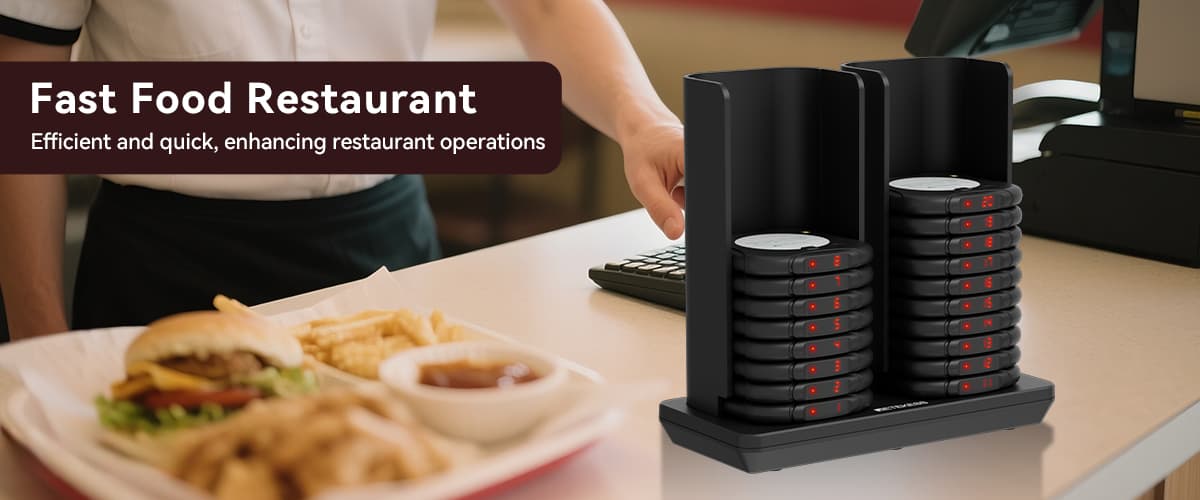
2. Healthcare and Emergency Services
Nurse Call System / Call Button : Used in hospitals or care facilities for patients to summon nurses.
Watch Receiver / Wireless Call Display Receiver : Wearable or display receivers that allow medical staff to receive urgent calls anytime.
Long Range Pager / Pager / Repeater : For large hospitals or emergency response areas, ensuring reliable message delivery.
Privacy Protection : Pagers offer anonymous communication, allowing staff to avoid sharing personal phone numbers while reducing risks of data leaks or hacking.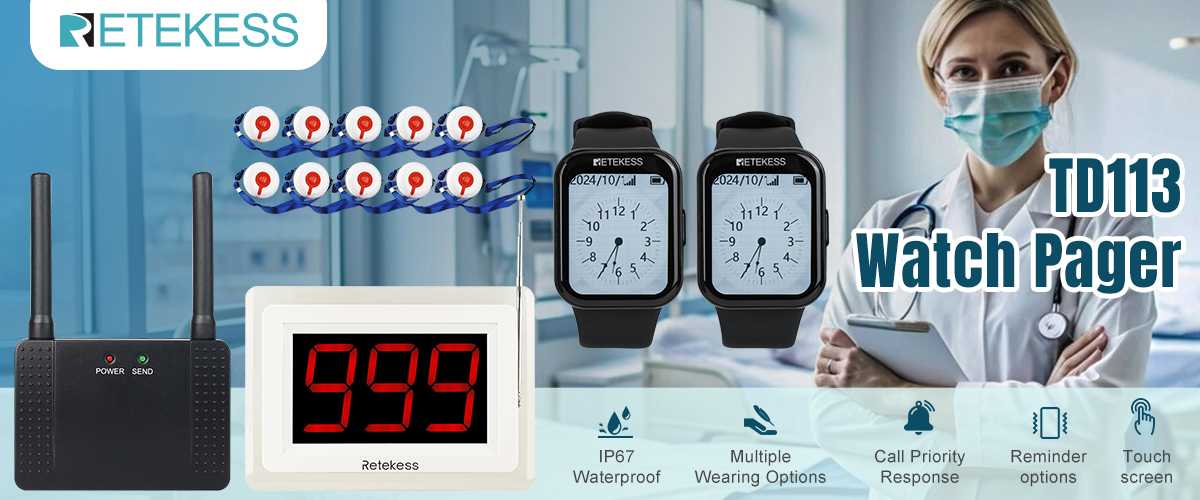
3. Conference and Business Settings
Conference System : Pagers can be used for urgent notifications or internal coordination during meetings and large business events.
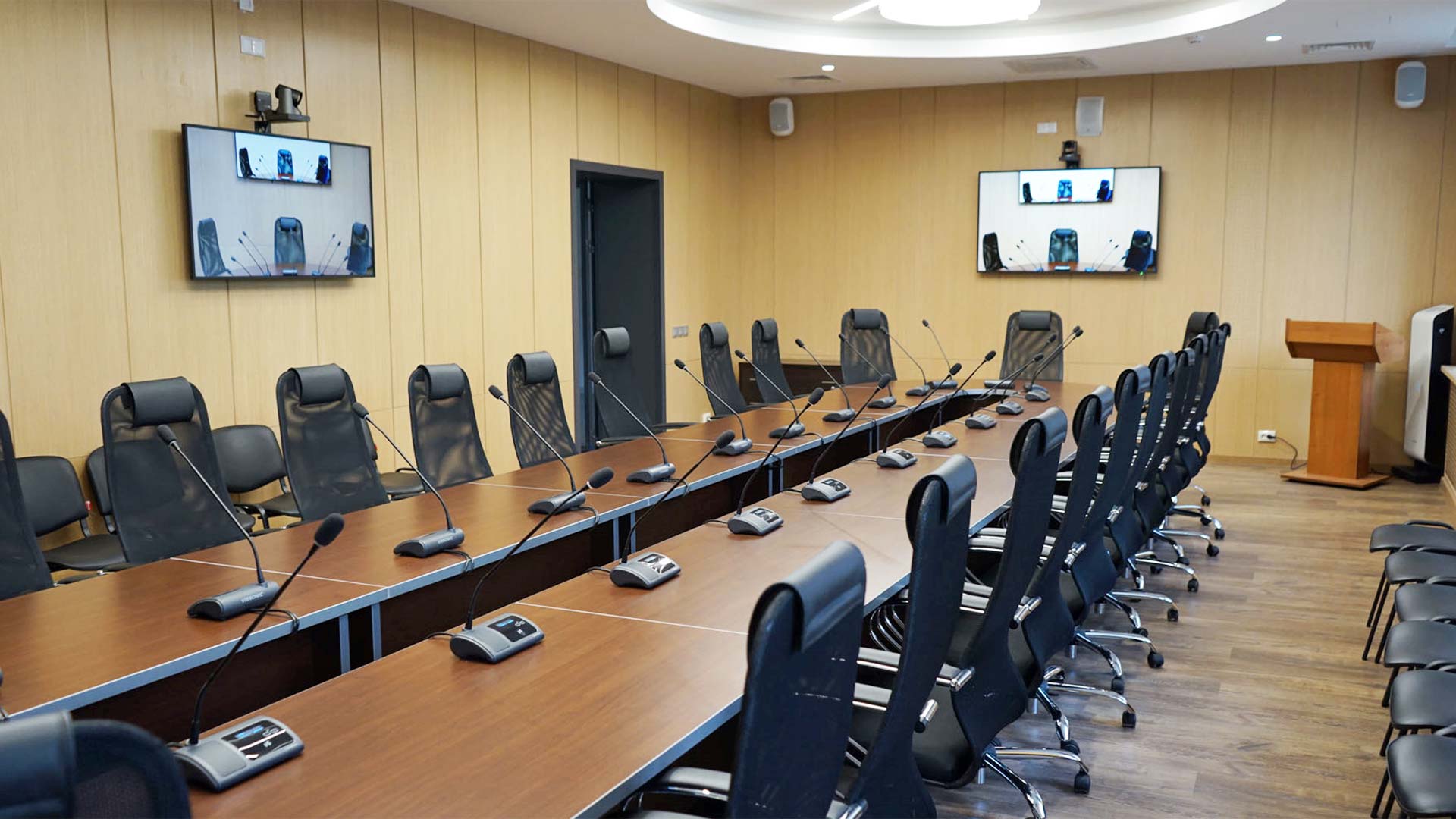
The Role of Pagers in Critical Industries
In 2025, pagers have found a niche in several industries, particularly healthcare and emergency services. Doctors and healthcare professionals have been using pagers for decades. One of the main reasons for this is privacy—doctors do not want to share their personal cell phone numbers with patients or colleagues. A pager provides an anonymous communication tool that alerts them to emergencies or urgent matters.
But it's not just healthcare that is benefiting from the resurgence of pagers. Hospitals, fire departments, and police forces are also finding value in pagers due to their ability to deliver high-priority messages reliably. Unlike smartphones, which are subject to interruptions and signal issues, pagers offer a dedicated channel for urgent notifications.
In 2025, pagers have also regained attention in the restaurant and service industry. Modern restaurants, bars, and cafes have been using pagers for years, and one of the main reasons is to improve service efficiency—establishments want to ensure that staff can respond promptly to customer needs without disturbing guests. Pagers provide a dedicated communication channel, allowing servers to receive notifications instantly from table buttons or call devices, quickly responding to requests such as refills, ordering, or bill payments.
The benefits of pagers extend beyond individual tables. Large restaurants, banquet halls, and hotels have also recognized their value, as pagers reliably manage calls across multiple areas. Unlike traditional methods, which can be delayed due to overlooked calls or buried under smartphone notifications, pagers offer an independent, high-priority communication channel that ensures every customer request receives a timely response.
Moreover, pagers enhance the overall customer experience. Guests do not need to shout or wait for staff attention, making the dining process more comfortable and private. For restaurant managers, pagers also bring operational improvements: by tracking call frequency and response times, staff scheduling and service workflows can be optimized, improving overall operational efficiency.
The Impact of Political Shifts on Pager Technology
Another factor in the resurgence of pagers is the political landscape. With trade wars and geopolitical tensions affecting supply chains, particularly in the United States, certain industries are turning to pagers as part of their strategy to navigate these changes. For example, in 2025, the U.S. is facing significant disruptions in its tech sector due to tariffs and trade restrictions. As a result, some companies are looking to pagers as a reliable, cost-effective communication tool.
For example, medical and emergency pager manufacturers in the U.S. have started using domestically produced components to avoid relying on international suppliers, particularly from China. This is a direct response to tariff impositions that have made importing certain technologies more expensive. In this new environment, U.S.-made quantum radio chips, modular designs, and AI-driven optimization are being integrated into pagers, making them more efficient and adaptable.
Pagers as a Solution to Robocalls and Spam
One of the key reasons for the resurgence of pagers is their ability to bypass the growing problem of robocalls and spam. Millions of junk calls are made every day, overwhelming the communication channels of modern society. Whether it's sales pitches or fraudulent calls, these interruptions have made it harder for people to stay on top of urgent matters.
With smartphones equipped to filter unknown numbers, many people are increasingly ignoring calls from unfamiliar sources, even if they may be important. In contrast, pagers are a simple, direct line to emergency or high-priority communication. Since pagers are often used exclusively for essential notifications, a pager alert is more likely to be an urgent, time-sensitive message.
Pagers and Privacy Concerns
As concerns about privacy continue to grow, pagers offer a degree of anonymity that smartphones cannot match. For individuals or organizations that want to keep their personal communication private, pagers provide a secure alternative to cell phones. Whether it’s a business executive who wants to avoid giving out their personal number or a healthcare worker who wants to keep their medical calls separate from their personal life, pagers offer a practical solution.
Moreover, pagers are not burdened by the same vulnerabilities that smartphones face, such as hacking, data leaks, or unauthorized access. This makes pagers an attractive option for sectors where confidentiality is paramount.
The Future of Pager Technology
As we look toward the future, it’s clear that pagers will continue to play an essential role in communication. In fact, technological innovations are set to make pagers even more advanced and integrated into the broader tech ecosystem. The introduction of AI-powered features, quantum encryption, and even self-healing circuits will enhance the reliability and security of pagers.
One of the most promising advancements in pager technology is the development of AI-driven features that can intelligently prioritize messages based on urgency. These advancements will make pagers even more effective in filtering out unnecessary notifications, allowing users to focus on what really matters.
Furthermore, as the global workforce becomes more mobile and decentralized, the need for secure and reliable communication tools like pagers will only increase. Companies that rely on distributed teams will find that pagers offer a simple, effective way to keep their workforce connected, even in challenging or noisy environments.
Conclusion: A Surprising Revival
Pagers are not relics of the past; they are tools that have evolved to meet the needs of today's communication landscape. While smartphones continue to dominate our daily lives, pagers offer a dedicated channel for high-priority, urgent communication that can stand above the noise of regular phone calls, emails, and text messages.
In 2025, the pager’s revival teaches us a valuable lesson: sometimes, the best solution is not about adopting the newest technology but about finding the right tool for the job. Whether it’s for healthcare professionals, business executives, or parents trying to stay in touch with their children, pagers offer a reliable, effective solution for urgent communication.
In the ever-changing world of tech, where trade wars, political instability, and constant innovation shape the landscape, the pager's resurgence is proof that even the most unlikely technologies can adapt, evolve, and thrive in the face of adversity. As we move further into the 2020s, the pager’s role in critical communication will remain indispensable, proving that sometimes, old technology can be just what we need to move forward.


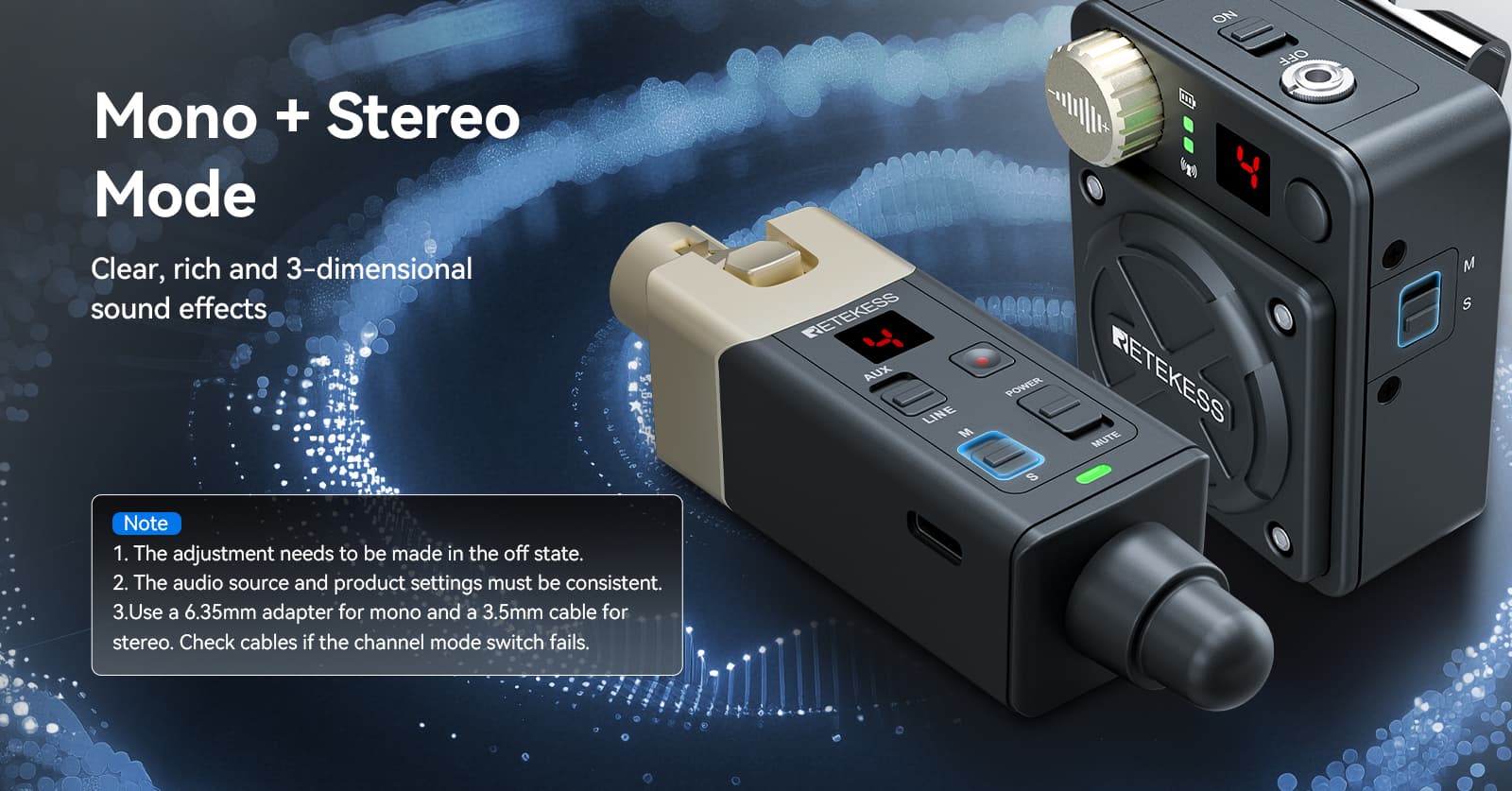


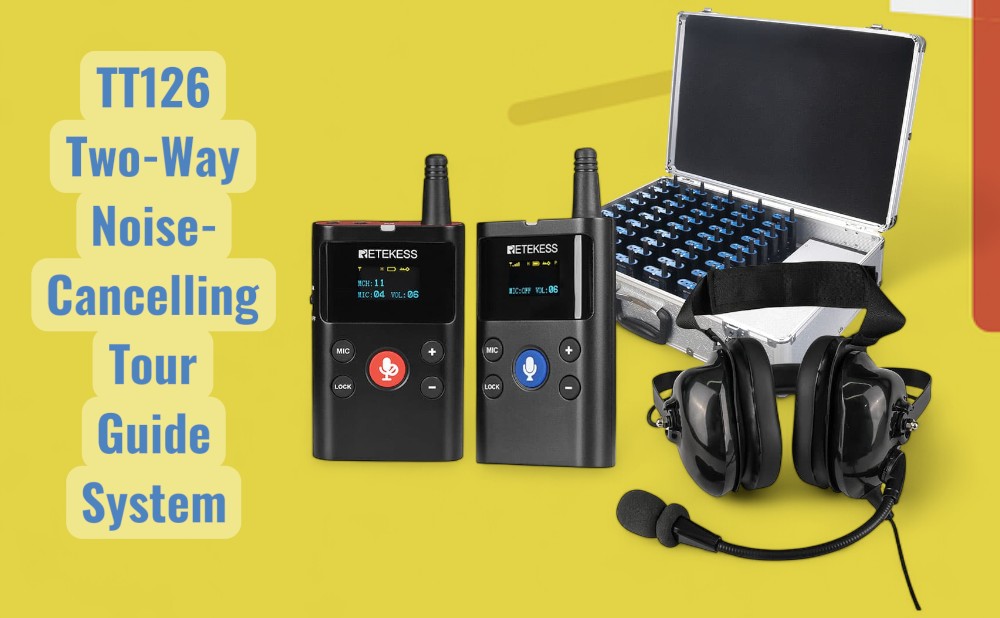
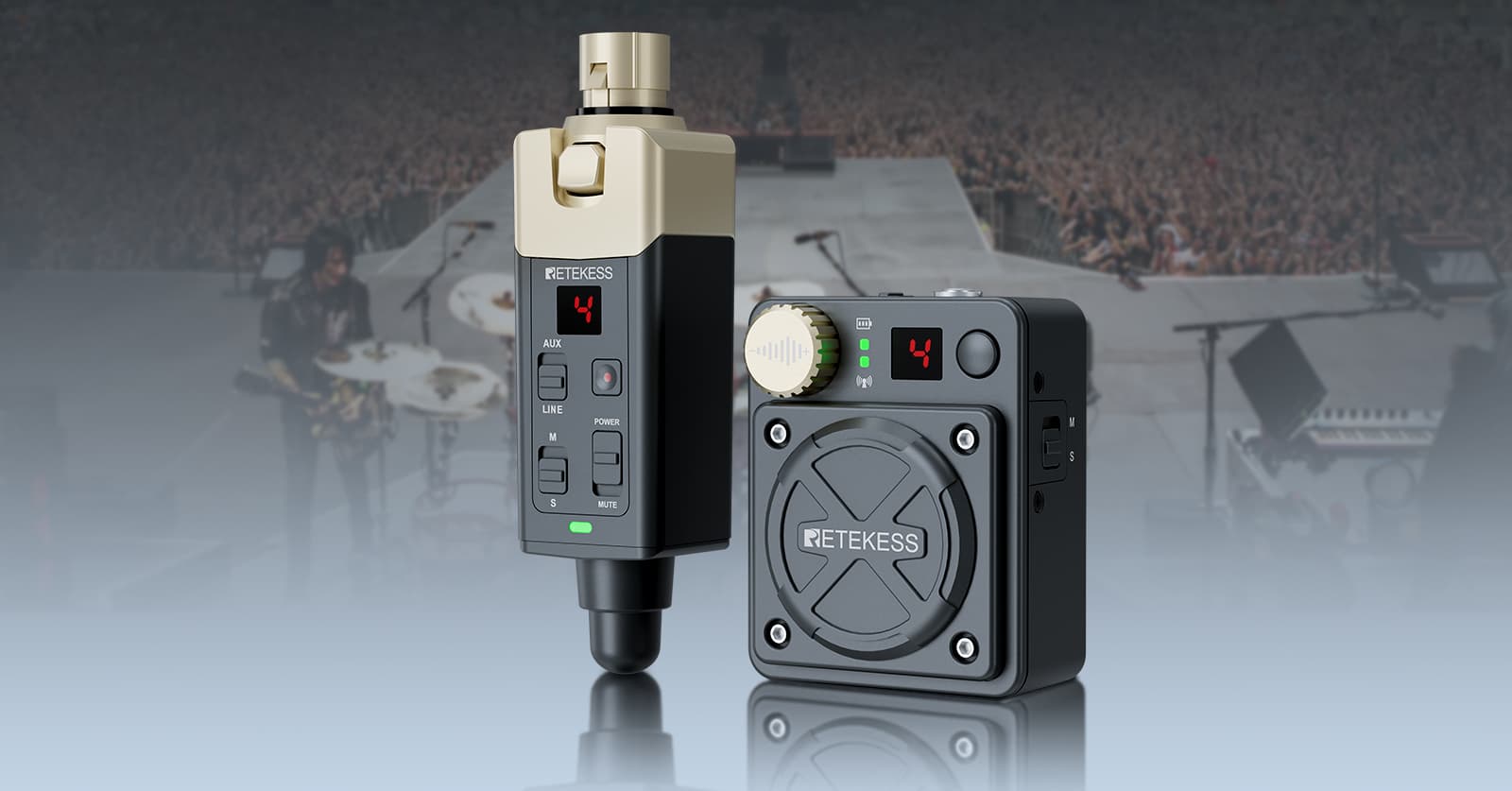


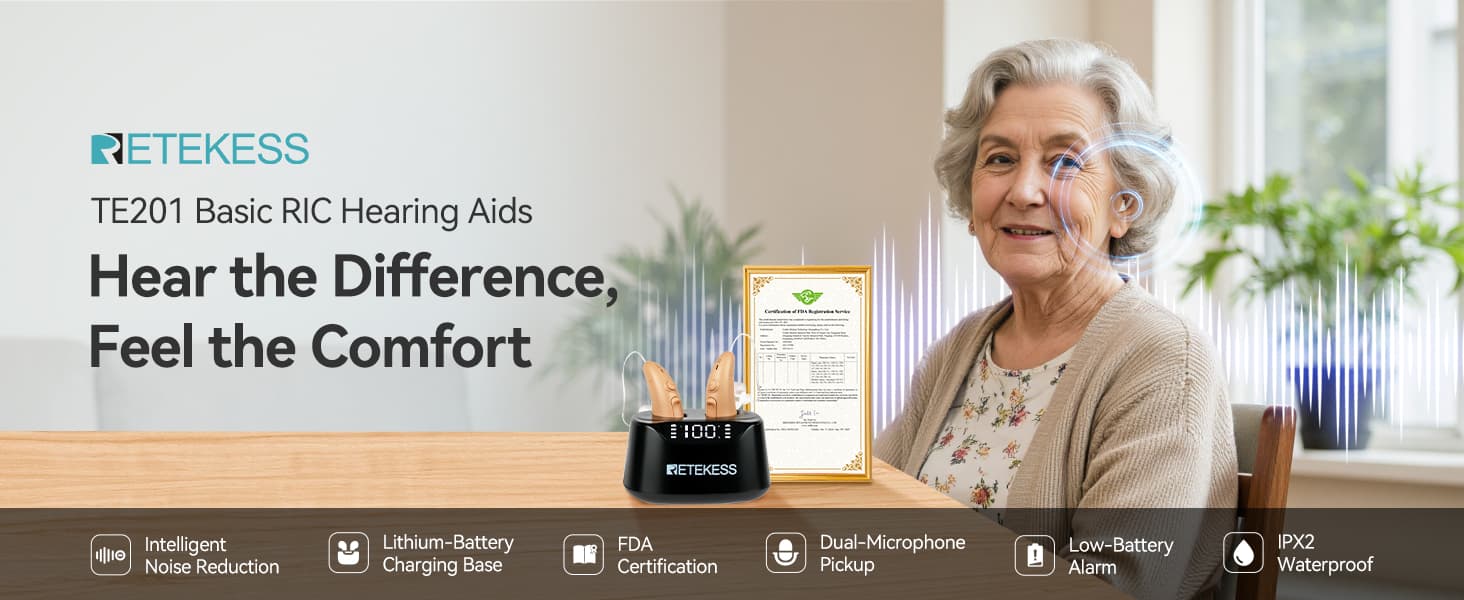
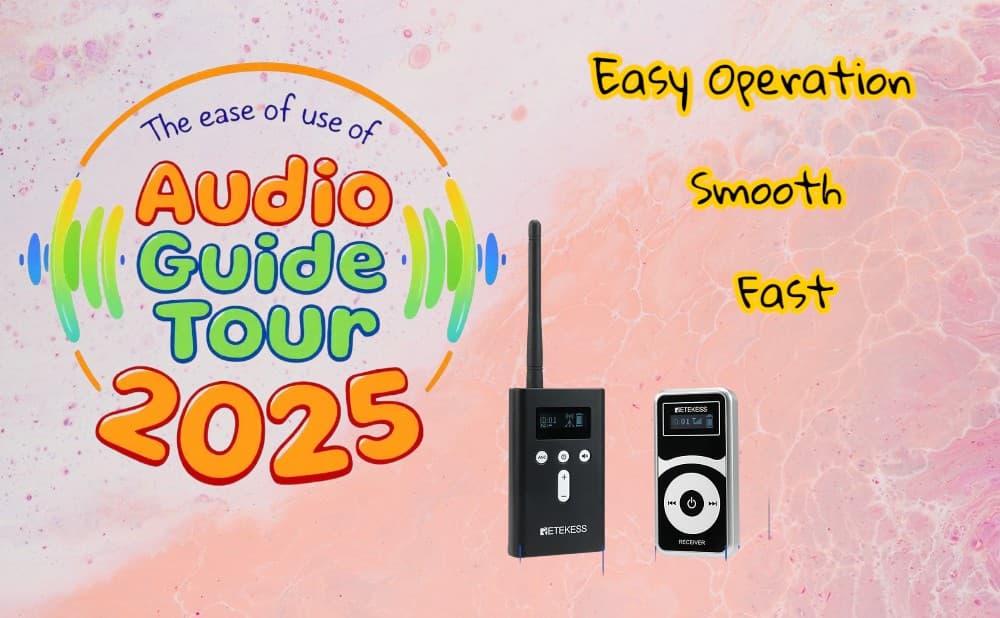
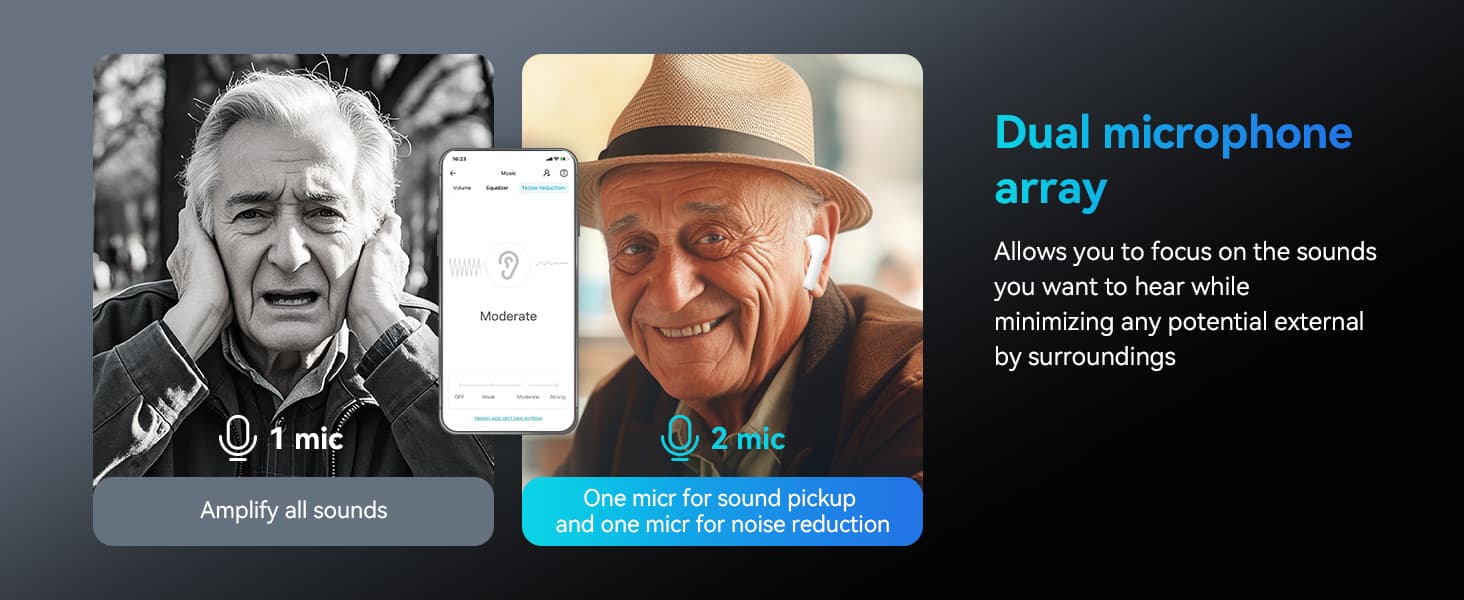
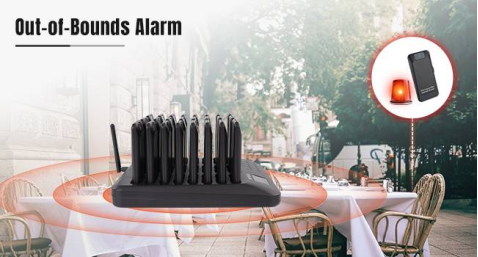


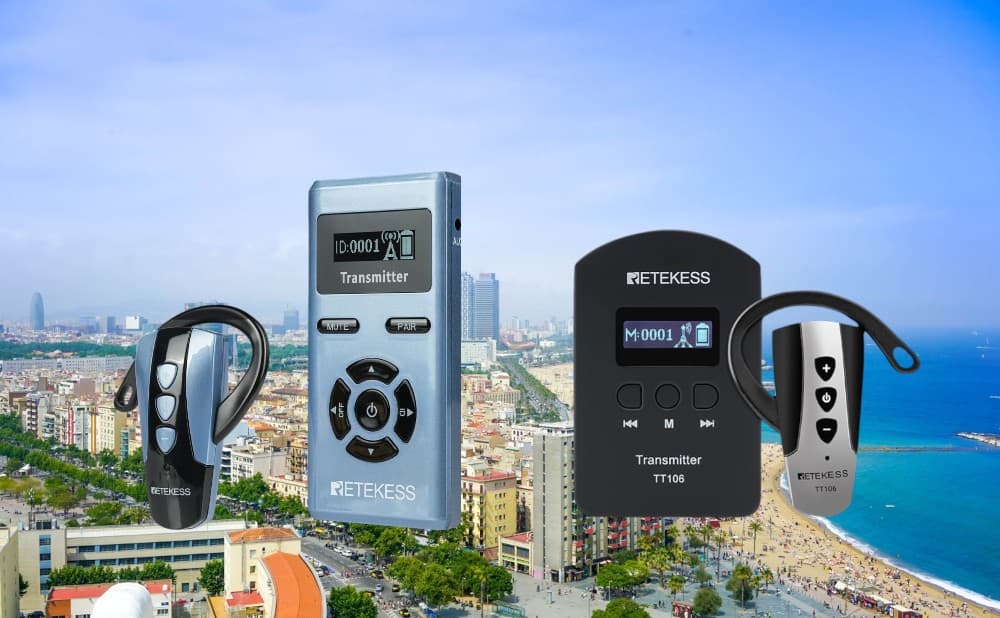
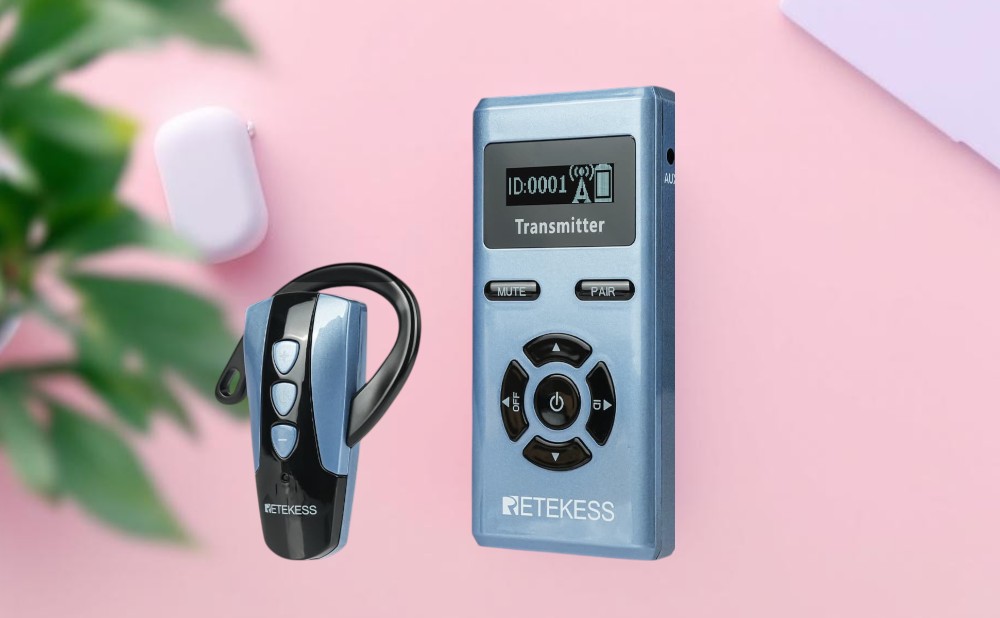





Comments (0)